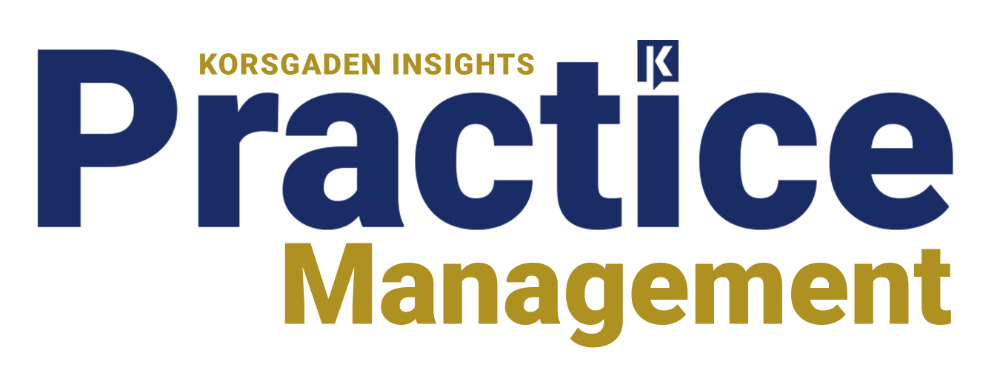Analyze Your Analytics: What Are Your Data Telling You?

In the insurance business, we rely heavily on metrics — also known as analytics or data — to tell us where we stand in all areas of agency performance. But these critical numbers shouldn’t be something we analyze only at the end of each year or at the end of each quarter. We need to know where we stand at all times.
Leveraging Data At The Agency Level
The more data we have about our local customer base, the better job we can do of analyzing our potential ability to reach those customers.
We need to be aware of global trends that affect our agencies. But to get the best use of numbers, we need to assimilate data in our own agencies about customers in the communities we serve. Here are some of the critical analytics we need to know about our own agencies at all times:
- How many policies and lines of insurance are on the books?
- How many households are on the books?
- How many businesses are on the books? A business is one of the major doors into a household. If we get the opportunity to serve a business owner, then we have a great chance of providing services for their personal assets, too.
- How much premium does the agency represent?
- What is the average premium per case?
- How many people in the community have life insurance, and how many people don’t?
- How much revenue is each person in the agency contributing to the bottom line?
Get A 360-Degree View Of Customers
The agency that has the most information and that acts on the data wins. For this reason, I recommend collecting data about every aspect of the business and family prospects in your community — even regarding products you don’t offer, such as banking products, financial services products or disability products.
This is important because having a wealth of information gives you a 360-degree view of your prospects and clients. And that is our “arms race” of today. Every carrier in America and across the globe is in an arms race to get a 360-degree view of the people they serve or want to serve.
Thanks to the internet, everyone has access to the same types of information. To get a true 360-degree view of your customer base, you need to know personal information, which you can obtain only by building relationships. For example, an online search about someone might reveal that he likes to play golf and read a specific type of magazine, but it probably won’t reveal that he is going through a divorce or that his first child will be born in three months.
If your carrier has strategic alliances with someone else for the products you don’t offer, you can leverage those data and apply to your agency.
Where Are You Today, And Where Do You Want to Be?
To know where you want to be at this time next year, or in five years, you must have a wealth of data and know how to analyze it — by household, by business, by line of coverage, by premium, by average premium, by producer and by account executive/client consultant.
Every person in your agency must be a profit center, from the person who answers the phone and waits on clients all the way up to the agency principals. Know how much each person is contributing to your bottom line. Then figure out what each person needs to do to reach the new goals that will make your business bigger, stronger, faster and nimbler.
Every product must be a profit center, too. Think big and represent all products. You are not an auto-only agent, a life-only agent, a financial services-only agent, a business commercial agent, a farm agent — you offer every type of product possible. You can do this by forming partnerships with experts who offer, and specialize in, the types of products you do not currently offer. The client is in control today, so put your clients first in every decision you make.
Please complete the following exercise to see where you stand right now.
Answer the seven questions that appeared earlier in this article. Analyze your analytics. What is your data telling you? Which areas need improvement? Where do you excel?
Now answer those questions from the perspective of where you want to be. Figure out the specific steps you need to take to get there. Get everyone on your team involved; growth requires individual as well as collective effort. Analyze your data often, with a focus on constant growth.

